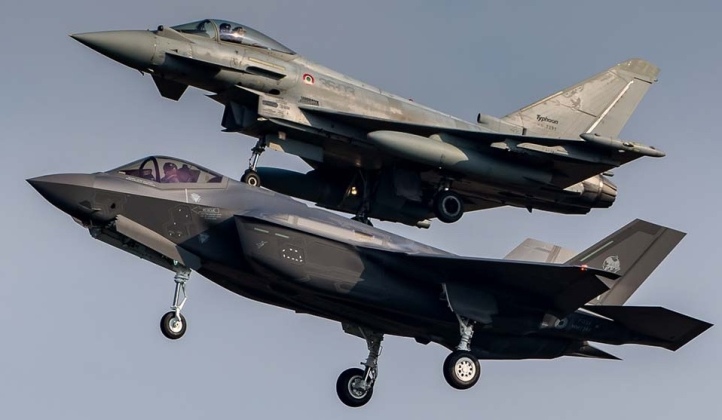News
Germany Orders 20 Eurofighters as Program Continues to Fail on Foreign Markets
The German Defence Ministry has signed a contract to procure 20 new Eurofighter combat aircraft, with the agreement concluded at Airbus’s final assembly site in Manching, southern Germany. The aircraft are intended to be delivered between 2031 and 2034 to replace a portion of the Air Force’s Cold War era Tornado attack jets. This increases the number of Eurofighers on orders by the country to 58, at a time when Germany is fast emerging as the greatest defence spender on the continent. Chief Executive of the Eurofighter program Jorge Tamarit-Degenhardt said the contract “is excellent news for the Eurofighter programme and our industrial partners, as the programme closes in on the historic milestone of one million flying hours,” adding that the order “underlines Germany’s long-term commitment to sovereign European air power.” Ensuring production continuity, the order will contribute to preserving critical skills across Europe’s defence supply chain, he added.

The Eurofighter program has struggled since its inception to compete on foreign markets, and has gained no foreign orders other than a small purchase by Austria in the early 2000s, and a number of orders by Arab Gulf states. Although the governments of both Germany and the United Kingdom, the program’s primary partners, have faced considerable pressure from local industry to continue orders and avoid purchases of competing American F-35A fighters, Germany in 2022 placed its first order for the stealth aircraft, followed by the United Kingdom in 2025. Britain has notably shelved plans to purchase further Eurofighters, and is set to continue to withdraw them from service. The British Ministry of Defence has instead stressed the importance of exports to support the program, indicating that much like its French rival the Rafale, focusing on selling to clients that are unable to purchase the F-35 for political reasons, such as Turkey, could be the only way forward for the program.

Germany is ordering both the Euorfighter and the F-35 in parallel, although there have been significant calls both from within the Defence Ministry and from among analysts to allocate a greater portion of funds to F-35 purchases. The American fighter is seen to offer a combat performance on an entirely different level, while having a comparable and by some estimates much lower cost than the European jet. The Eurofighter has consistently lost all tenders in which it has competed fairly against the F-35, from South Korea, where it was considered third choice after the stealth jet and the F-15, to Finland where it was evaluated to be far less favourable than either the F-35 or the F-18E/F. A major shortcoming of the Eurofighter program in its earlier years was its use of an obsolete mechanically scanned array radar, which was far less efficient and significantly more vulnerable to jamming than the modern electronically scanned array radars used by ‘4+ generation’ and fifth generation fighters. The Eurofighter and the Swedish Gripen were the world’s last fighter programs to transition away from mechanically scanned array radars, although they did so only in 2019 almost 20 years behind the United States’ own fighter programs.












